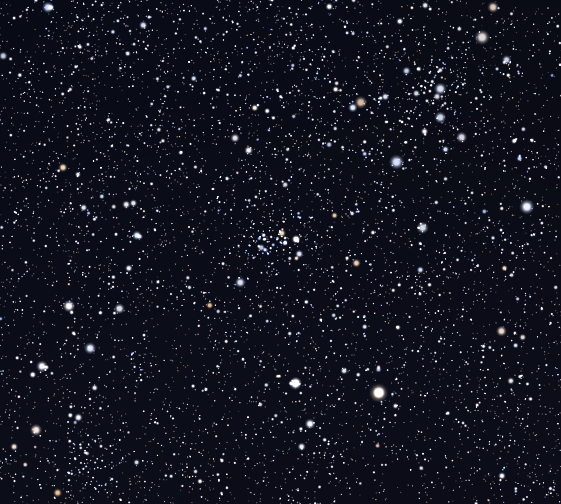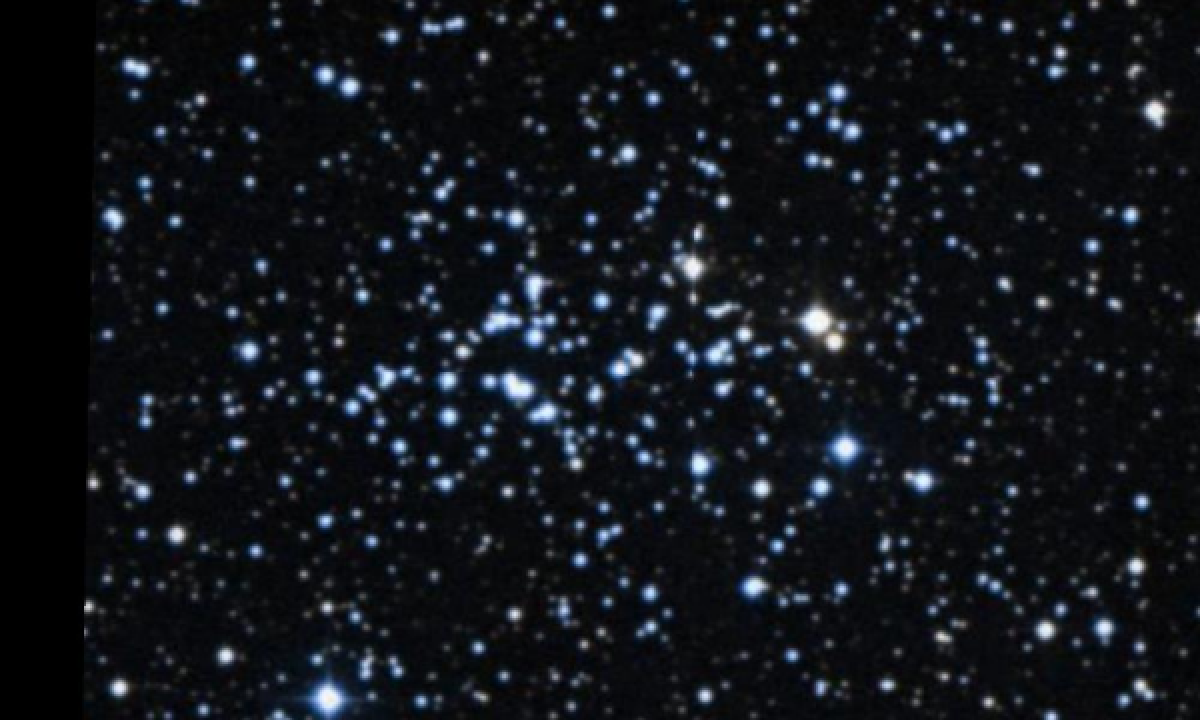The New General Catalogue of Nebulae and Clusters of Stars (abbreviated as NGC) is a catalogue of deep-sky objects compiled by John Louis Emil Dreyer in 1888. The NGC contains 7,840 objects, known as the NGC objects. It is one of the largest comprehensive catalogues, as it includes all types of deep space objects, including galaxies, star clusters, emission nebulae and absorption nebulae.
Know more about NGC
NGC 7790

NGC 7790 is a young open cluster of stars located some 10,800 light years away from Earth in the northern constellation of Cassiopeia. At this distance, the light from the cluster has undergone extinction from interstellar gas and dust equal to E(B – V ) = 0.51 magnitude in the UBV photometric system. NGC 7790 has a Trumpler class rating of II2m and the estimated age is 60–80 million years. It contains three cepheid variables: CEa Cas, CEb Cas, and CF Cas. This cluster is on an orbit through the Milky Way galaxy that has an eccentricity of 0.22 ± 0.07 and a period of (225.0 ± 27.1) million years. It will come as close as 20.2 ± 3.9 kly (6.2 ± 1.2 kpc) to, and as distant as 31.6 ± 2.9 kly (9.7 ± 0.9 kpc) from, the Galactic Center. The maximum distance reached above (or below) the galactic plane is 0.78 ± 1.30 kly (0.24 ± 0.40 kpc). On average, it will cross the galactic plane every (35.7 ± 13.0) million years.
More Images:

Sources:
Wikipedia Page: NGC 7790
NGC 7790 at In-The-Sky website
